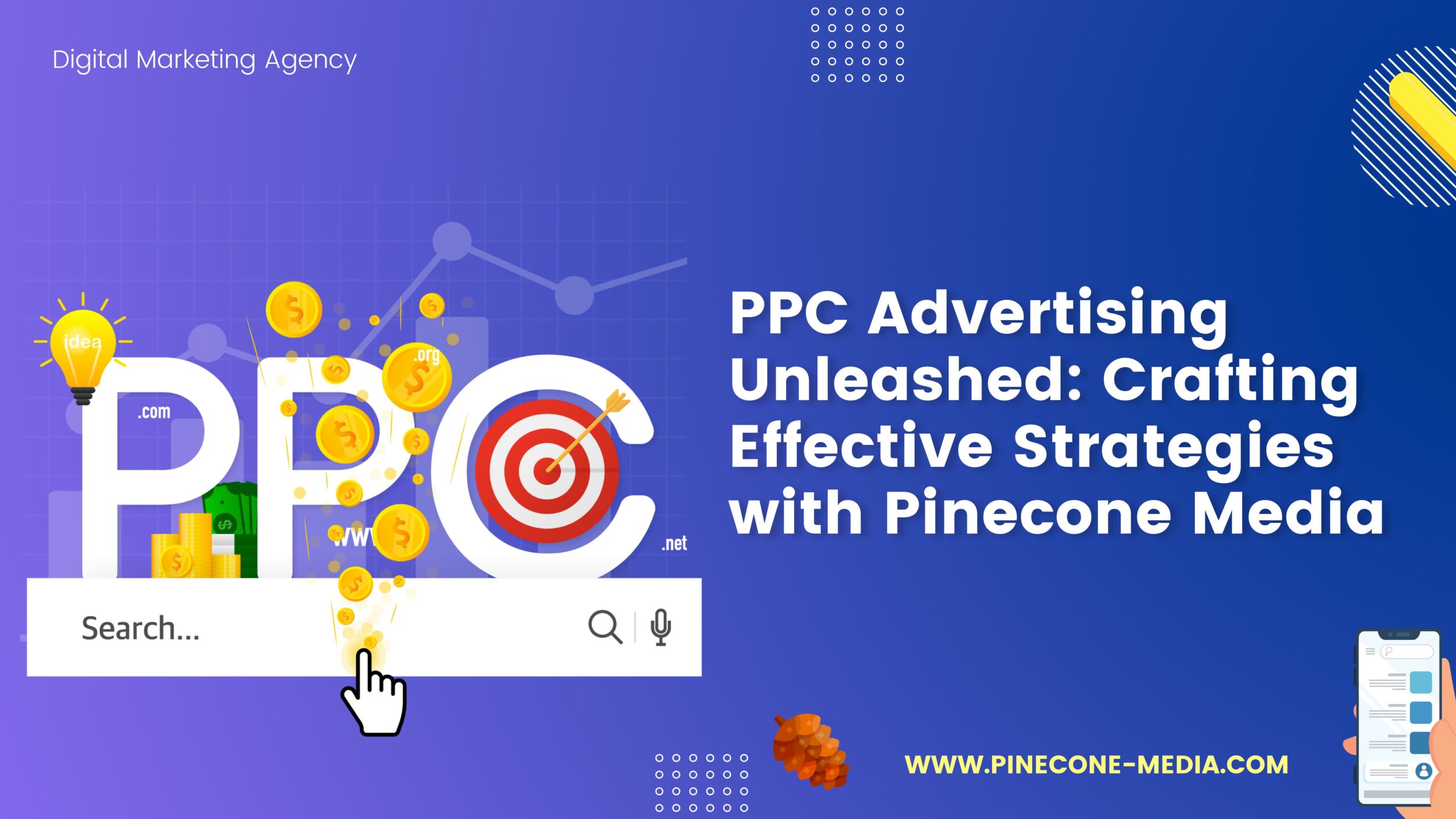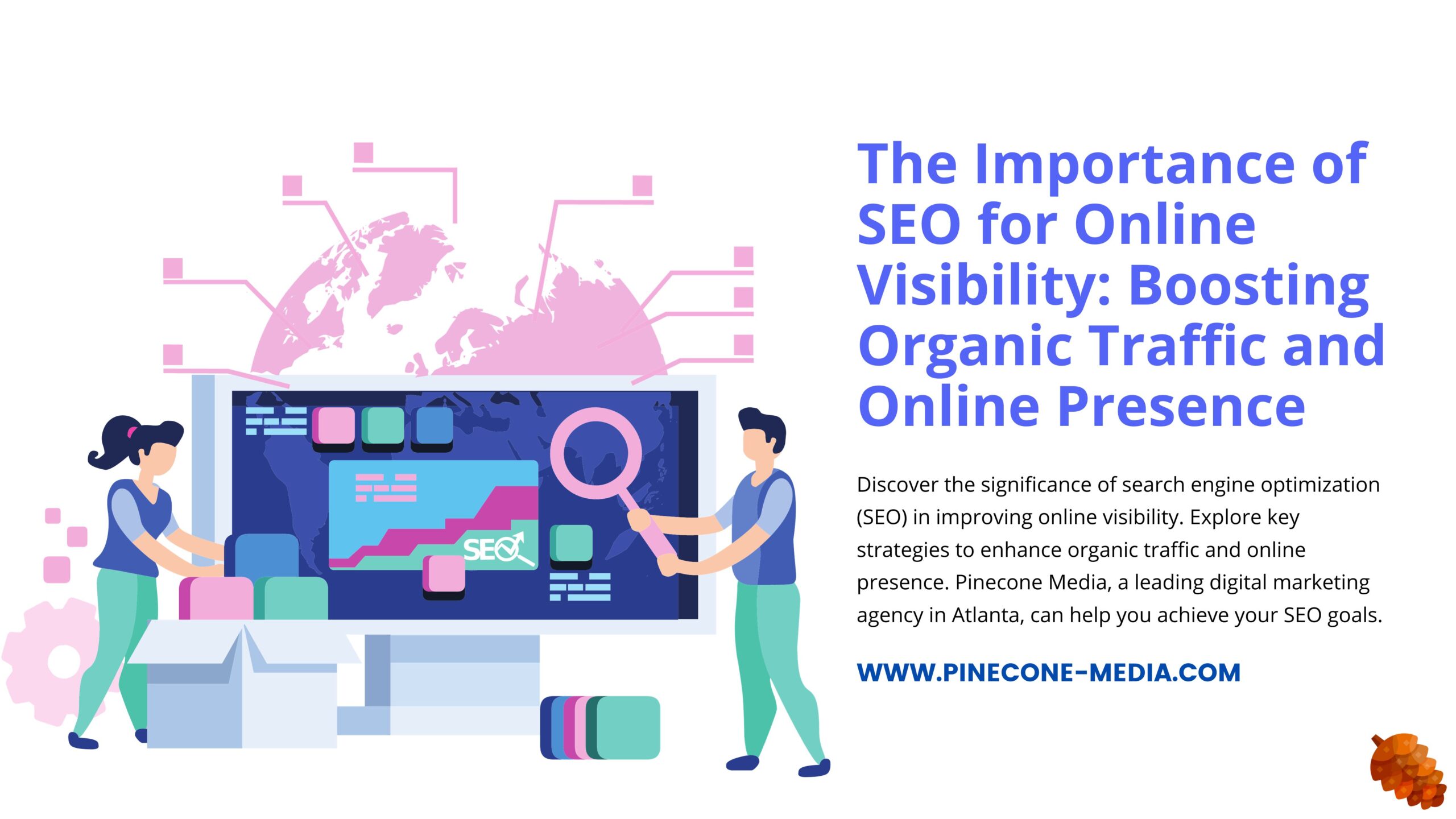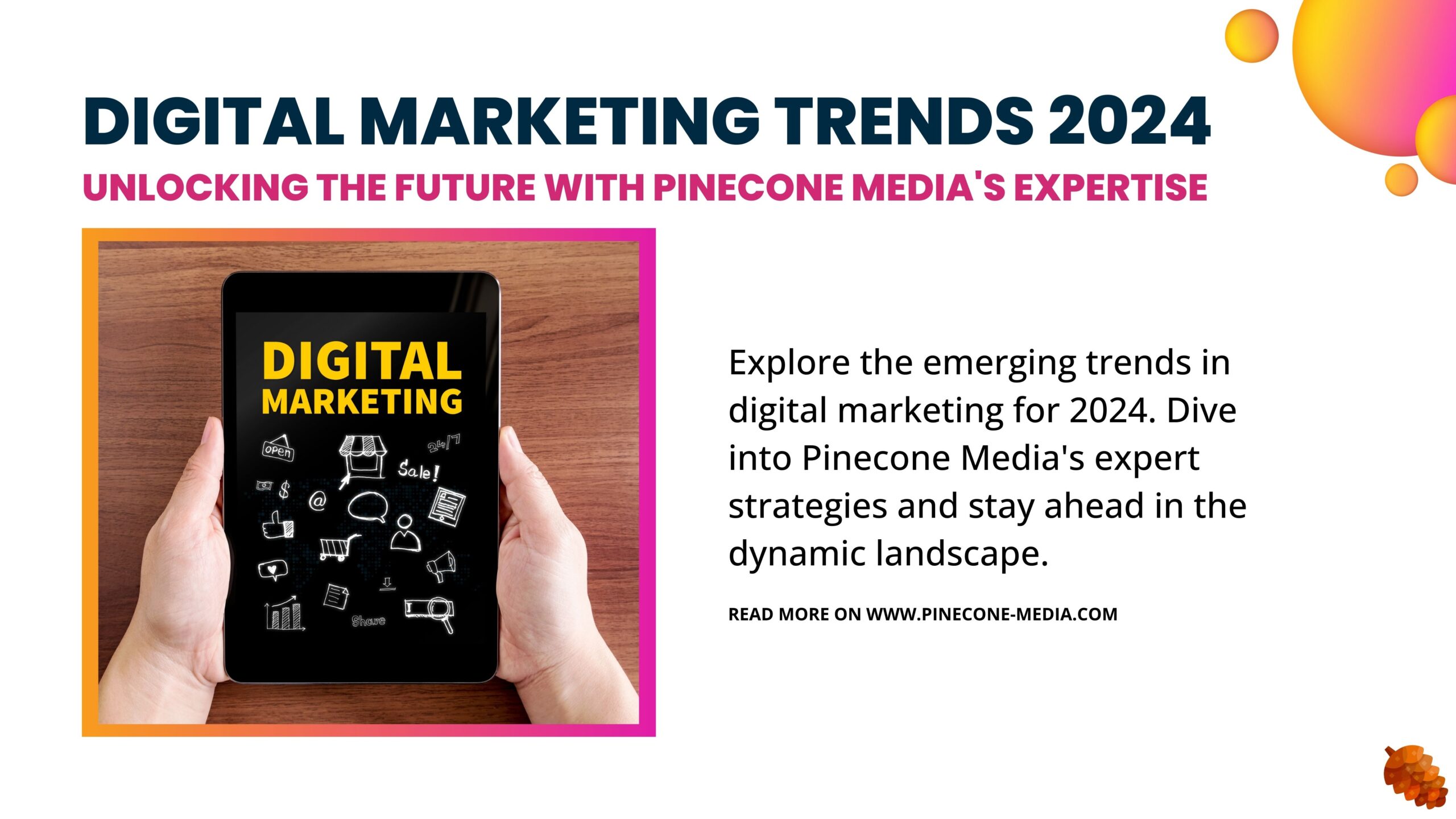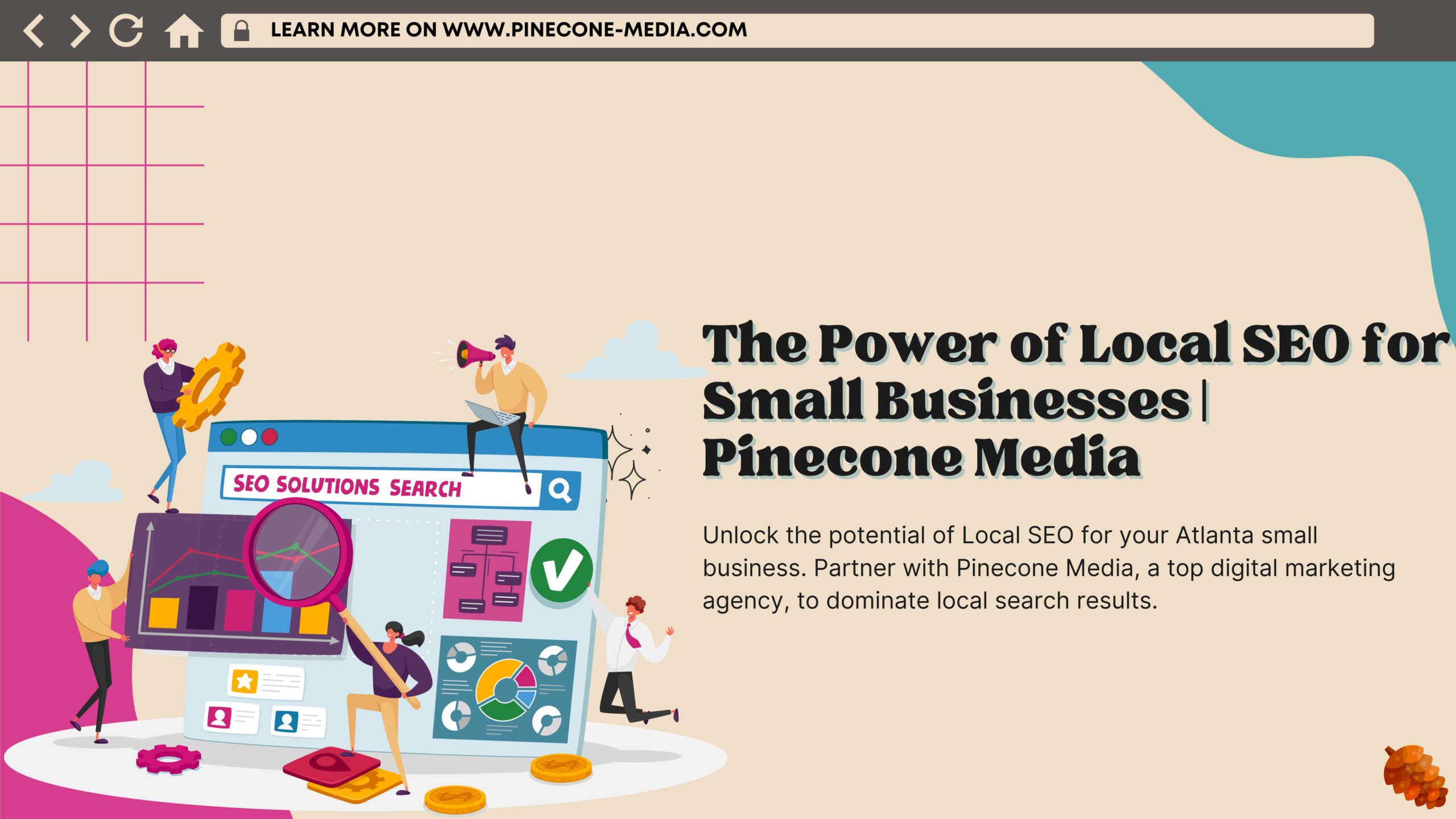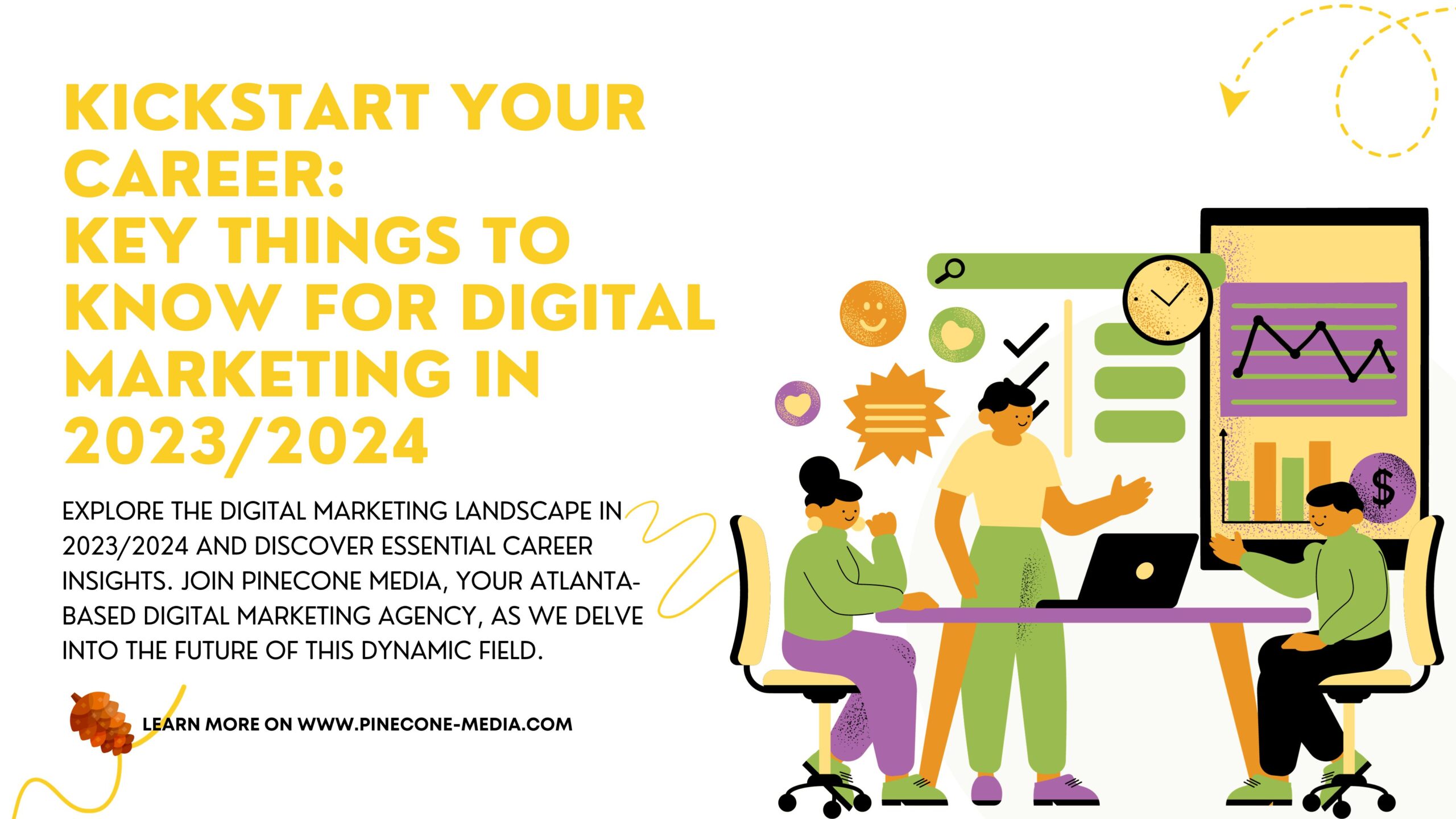Social Media Marketing Strategies for Unmatched Brand Awareness
In the digital era, building brand awareness is inseparable from an effective social media strategy. Pinecone Media, your trusted Digital Marketing agency in Atlanta, unveils the art and science of…



